
Transit Briefs: MBTA, NCDOT, NYMTA, BART
Written by Marybeth Luczak, Executive Editor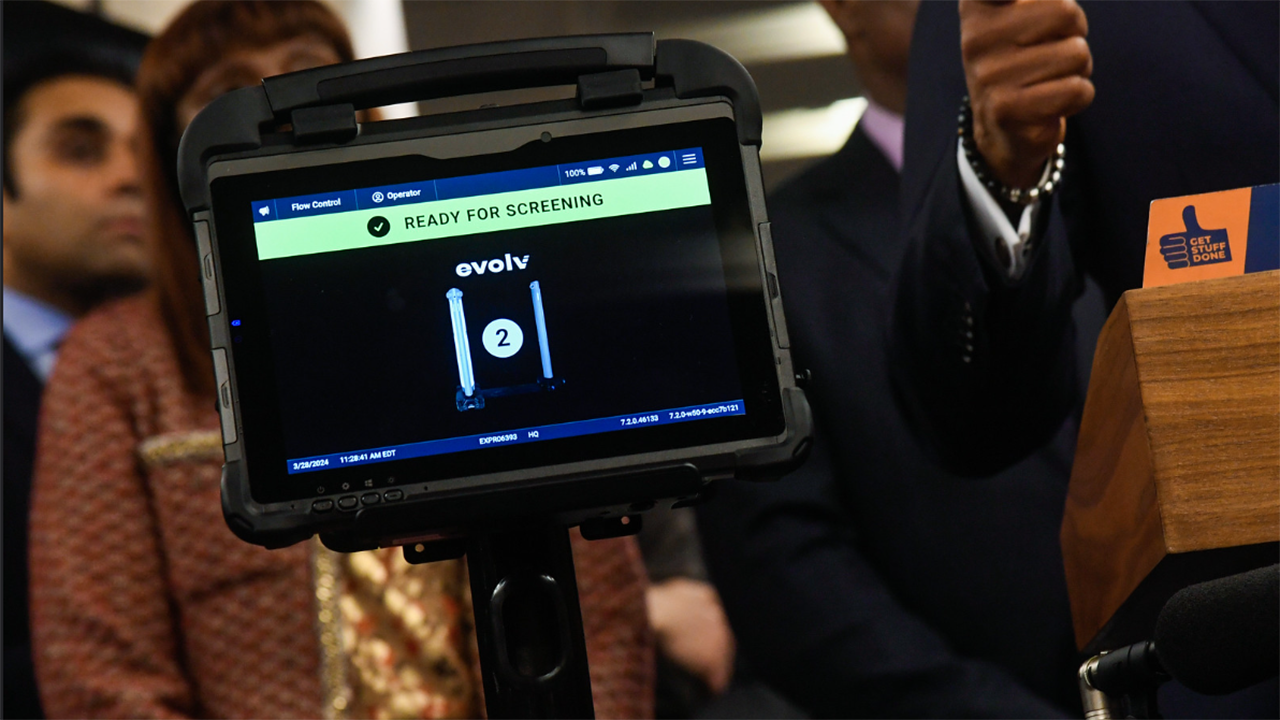
New York MTA Chair and CEO Janno Lieber joined New York City Mayor Eric Adams and NYPD Commissioner Edward Caban at Fulton Transit Center on March 28 to announce a pilot program of weapon detectors, manufactured by Evolv, that can be deployed at subway entrances. (Marc A. Hermann / MTA)
Massachusetts Bay Transportation Authority (MBTA) plans a low-income fare program and graduates another large class of heavy rail (rapid transit) engineers. Also, North Carolina Department of Transportation (NCDOT) revises the design for a new passenger railcar maintenance facility; New York Metropolitan Transportation Authority (MTA) will pilot firearm detection technology; and San Francisco Bay Area Rapid Transit District (BART) reports a surge in arrests.
MBTA
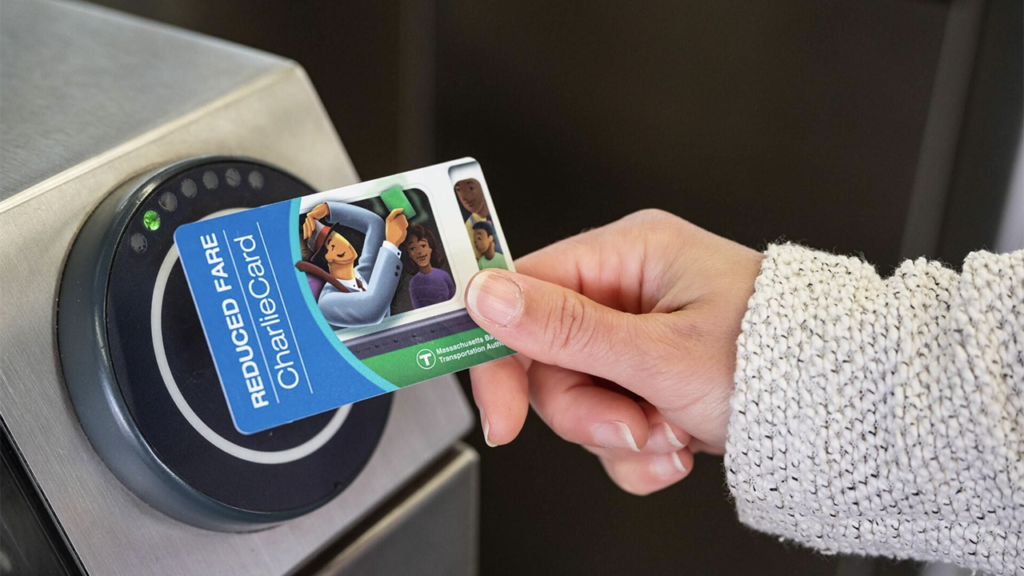
The MBTA Board of Directors has unanimously approved the transit agency’s plan to implement a reduced fares program for riders with low-income. This builds on the Healey-Driscoll Administration’s FY 2024 budget that includes $5 million for MBTA to develop a low-income fares program, MBTA reported March 28.
The new program, which was announced earlier this year, will provide riders who are aged 26-64, non-disabled, and have low income with reduced fares of approximately 50% off on all MBTA modes. According to MBTA, program participants will demonstrate eligibility via existing enrollment in programs with a cutoff of 200% of the federal poverty level (or lower). The new program also applies on MBTA’s Commuter Rail and RIDE paratransit services. The fare changes will go into effect this summer.
MBTA estimates the cost of the program to be approximately $52 million-$62 million (including administrative costs, operating costs to meet induced demand, and fare revenue loss). According to prior research, the transit agency said, riders with low income are expected to take 30% more trips with a reduced fare, significantly increasing mobility while saving on transportation costs. More than 60,000 riders are expected to qualify for and enroll in the program, which is expected to result in up to 8 million more trips per year.
The program for riders with low income is a multi-secretariat effort with the commonwealth of Massachusetts’ Executive Office of Health and Human Services and Registry of Motor Vehicles, according to MBTA. Existing MBTA reduced fare programs already provide support to students, seniors, riders with disabilities, and young people aged 18-25 with low income. These programs provide half-priced fares and passes.
To make the new program further accessible throughout Massachusetts communities, MBTA said it will team with third-party Community-Based Partners to manage in-person customer service and eligibility verification. These efforts include providing physical in-person locations where people can receive support with their applications and offering additional support whenever automatic systems are unable to successfully process applications, according to the transit agency.
The MBTA Board has also approved two additional fare changes:
- Replacing “Change Tickets” with CharlieCards. As of March 1, 2024, the issuance of paper CharlieTickets with stored value as change (a “Change Ticket”) was phased out. This was due to limitations in the fare collection technology, according to MBTA; the transit agency is encouraging riders to load stored value on plastic CharlieCards.
- Permanently expanding the $10 Weekend Commuter Rail Pass to include federal holidays. The $10 Weekend Commuter Rail Pass now includes federal holidays, according to MBTA, which said the pass allows for unlimited Commuter Rail trips on all three days of federal holiday weekends. For federal holidays that are observed mid-week, riders can purchase a $10 Holiday Pass for that day.
“Expanding low-income fares will help to ensure that our transportation system is more equitable and more affordable, which supports the mission to give everyone greater access to mobility options, especially community members depending on transit,” said Monica Tibbits-Nutt, who was appointed Massachusetts Transportation Secretary and CEO last fall following service as Undersecretary for Transportation.
“This is an important step toward making mass transportation more affordable for those who need it the most and I thank the Board of Directors for their support and approval of the new low-income fare program, especially MassDOT Secretary Tibbits-Nutt for her years of advocacy,” MBTA General Manager and CEO Phillip Eng said. “I applaud the Governor and the Legislature for their foresight to include funds in our FY24 budget to enable us to develop this program, and we thank the Governor for her proposal in the FY25 budget in support of this program, which will benefit so many across all modes. The MBTA is committed to making meaningful improvements for riders, including making fares more affordable, which will improve quality of life, boost economic mobility, and encourage more riders to return to the system.”
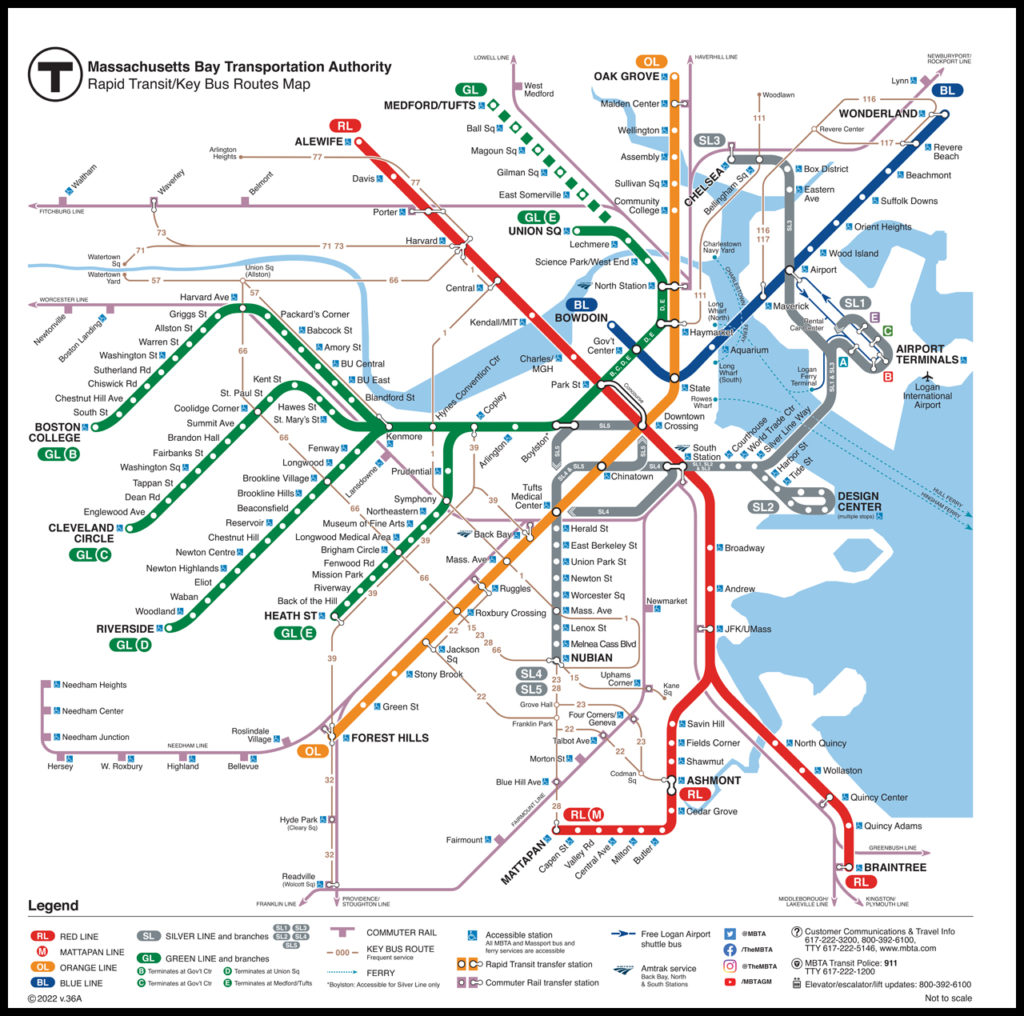
Meanwhile on April 1, MBTA reported the graduation of “another large class” of engineers for its heavy rail (rapid transit) system consisting of Red, Orange, and Blue line vehicles. This continues the momentum of previous efforts to increase graduating class sizes from MBTA’s Training School, the transit agency said.
A class size of 23 is now the standard at the Training School, according to MBTA, which noted that of the 23 engineers recently hired, as of March 27, 20 in total will have graduated from its Training School. This class of graduates joins a cohort of 23 engineers in training in October 2023 that resulted in 19 new engineers. Training included classroom instruction, hands-on experience, and safety protocols.
“There’s nothing more rewarding than getting people to where they have to go,” MBTA Chief Operating Officer Ryan Coholan said. “They’ve tackled rigorous training, gaining the technical skills and knowledge needed to safely navigate our network. Their dedication and focus will be instrumental in keeping our system running smoothly and efficiently.”
“I am happy I decided to work through my anxiety and the unknown,” said graduate and Canton, Mass., resident Taisha Tyler. “My instructors were nothing short of amazing! They were informative, knowledgeable and personable. They made me feel at ease and welcomed all my many questions. I cannot thank them enough for all their time, expertise, and laughs experienced while in my heavy rail instruction training.”
MBTA reported that it exceeded hiring more than 1,400 employees in 2023, surpassing a goal set by the Healey-Driscoll Administration whose investment of $20 million in the supplemental budget also supported the Local 589 Agreement “critical” to MBTA’s hiring efforts.
NCDOT
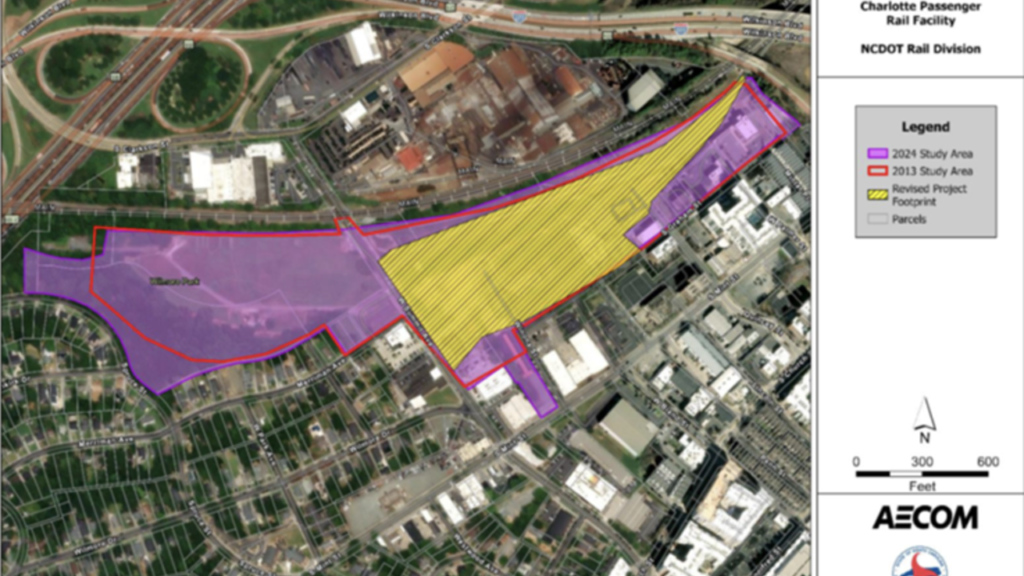
NCDOT on March 28 reported revising the design for the Charlotte Passenger Rail Facility. The new railcar maintenance facility will replace the existing facility, and will be located in the South End near the future Charlotte Gateway Station.
Based on public feedback, the state agency adjusted the design to further limit impacts to residents, businesses and the neighborhoods around the facility.
Many key aspects of the previously proposed design have changed. The facility will not cross Summit Avenue and will be located entirely on property previously purchased by NCDOT for the purpose of building the facility, the agency said. NCDOT also proposed putting in vegetative buffers along the boundaries with adjoining neighbors, and landscaping at Summit Avenue is proposed along the facility border.
The public may submit comments on the design through April 25. Final engineering plans for the facility are anticipated for completion in 2026.
“After further engagement with members of the community, stakeholders, and the city to hear comments and concerns about the original design, we were able to reduce the footprint of the facility to make sure we’re matching the community’s vision and needs while maintaining operational function,” said Jason Orthner, NCDOT Rail Division Director. “We enjoy working with the communities to further the goals of those living and working there, continuing the conversations and moving forward with the project in a way that supports everyone’s interests.”
In related news, NCDOT’s NC By Train intercity passenger rail service carried more than 101,000 people in the first two months of this year, compared with 83,000 riders in the same months last year. That difference represents a 21% increase over 2023 and a 65% increase over pre-pandemic passenger totals of 61,000 in 2019. Also, North Carolina’s rail system contributes more than $20 billion to the state’s economy and supports 88,000 jobs, according to a recent NCDOT report.
NYMTA
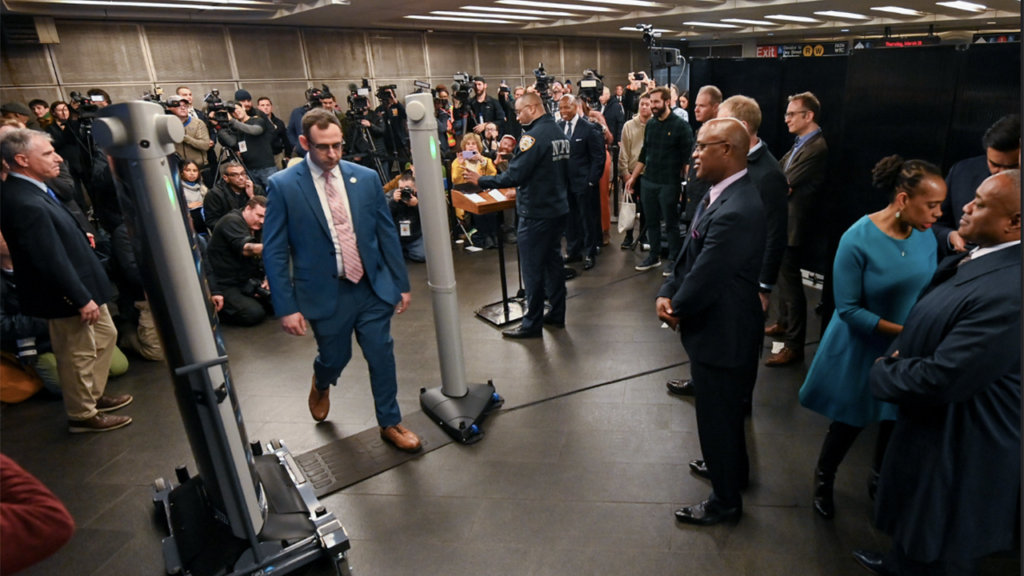
New York City Mayor Eric Adams and New York City Police Department (NYPD) Commissioner Edward A. Caban on March 28 announced efforts being taken to make MTA’s subway system safer. According to MTA, the city is exploring, and will soon begin piloting, new technologies designed to detect weapons carried by riders into the transit system. In accordance with the Public Oversight of Surveillance Technology (POST) Act, the NYPD also published online its Impact and Use Policy for electromagnetic weapons detection systems, starting a mandatory 90-day waiting period before new technology can be tested and used in New York City, MTA reported. Additionally, Mayor Adams announced that the city will begin hiring clinicians to support the expansion of the Subway Co-Response Outreach Teams (SCOUT), a pilot program launched in partnership with the state and MTA to connect people with untreated severe mental illness in the subways to mental health treatment and care.
During the 90-day waiting period, MTA said, NYPD will be working to identify companies with “proven expertise” in weapons detection technology. At the end of the waiting period, a pilot program will be instituted in “some subway stations” where the NYPD will be able to further evaluate the equipment’s effectiveness, the agency noted.
As of March 24, 2024, MTA reported that NYPD officers had seized a total of 450 weapons—including 19 illegal guns—in the New York City transit system this year, compared with 261 weapons—including nine guns—during the same period last year. NYPD also seized 1,515 weapons in the subway system in 2023, including 1,470 cutting instruments and 45 illegal firearms. That tally was a stark increase from the previous year, MTA said, when 947 total weapons were seized, including 912 cutting instruments and 35 guns.
According to MTA, last month Mayor Adams directed the NYPD to surge an additional 1,000 police officers into the subway system each day, and the NYPD announced “Operation Fare Play,” an initiative to ensure people pay their fare when entering the subway system by deploying 800 more police officers into the subway system to “crack down” on fare evasion. Through March 24, overall crime in the transit system was down nearly 16% for the month, MTA said, compared with the same month last year; this adds to February’s 15.4% month-over-month decrease in crime in the subway system, the agency noted. Since the start of 2024, overall arrests in the subway system are up nearly 56% compared with last year, including a 78% increase in fare-evasion arrests and a 111% jump in gun arrests, according to MTA.
The SCOUT pilot program, which launched in October 2023, has operated with two teams in the subways focused on connecting those with untreated severe mental illness with mental health support and long-term care. SCOUT teams comprise a clinician and two MTA police officers, and, in the 90 days of operation, the two teams have moved 90 individuals out of the subway system and into care, MTA reported. On March 6, New York Gov. Kathy Hochul announced a $20 million investment to scale this pilot and bring the total number of SCOUT teams to 10 by the end of 2025.
“Riders have to feel safe when riding the subways and that requires innovation—new weapons detection technology, but also increased deployments of police, tougher handling of repeat offenders by the criminal justice system, and expanded resources for mental health,” MTA Chair and CEO Janno Lieber said.
BART
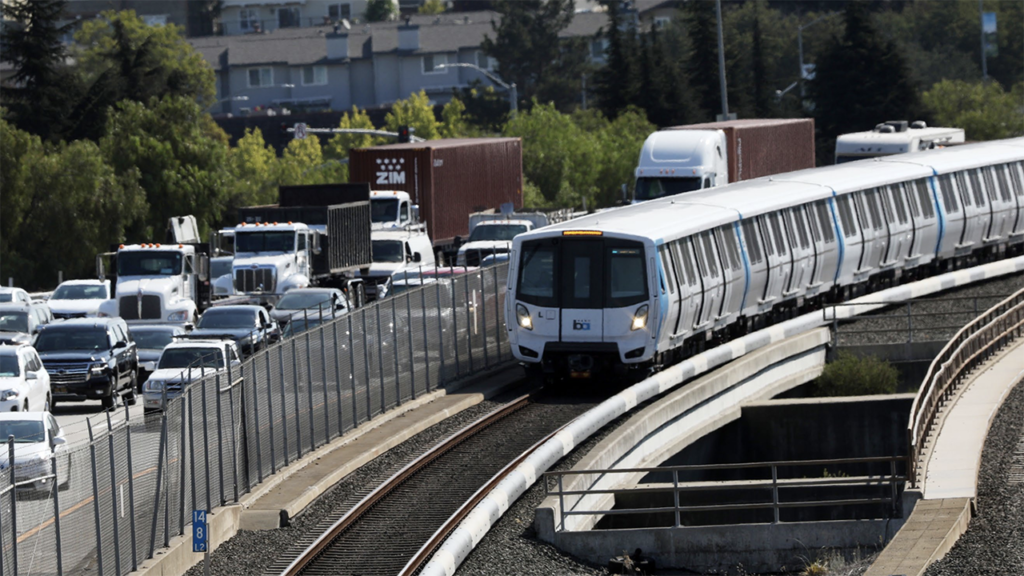
Felony arrests on BART increased 62% last year compared with 2022, according to the transit agency, which said that the jump comes as BART PD “has been aggressively recruiting new officers and ensuring safety staff are riding more trains to increase their visible safety presence.” BART officers recorded 726 felony arrests in 2023 compared with 448 for 2022. Along with those arrests, BART said, 49 illegal firearms were seized in 2023 compared with 40 the previous year. It’s the most guns BART PD has recovered in a year since at least 2003, according to the transit agency. BART PD has already recovered a dozen firearms so far this year, it noted.
“These latest arrest and gun seizure numbers are a credit to all the hard work of our officers,” BART Police Chief Kevin Franklin said. “Since we started deploying more patrol officers to ride trains we have seen an impact, and our riders are telling us they notice the difference.”
In the latest Quarterly Performance Review, the percentage of riders who reported seeing BART PD on their trip reached a record high of 20%, according to the transit agency, which said that was up from the previous record of 17% set in the previous quarter. The past two quarters have been the first in BART’s history where the percentage of riders who reported seeing BART PD exceed the department’s official goal of 12%.
BART said it has been working to implement its Safe and Clean Plan, which focuses on boosting the visible safety presence in the system and increasing staffing to clean trains and stations. It added that BART PD has been advancing an aggressive officer recruitment campaign to fill its remaining vacancies. This effort has been boosted by a 22% salary increase for officers, which was approved by the BART Board to ensure BART PD remains competitive with other law enforcement agencies in the Bay Area, according to the transit agency.



